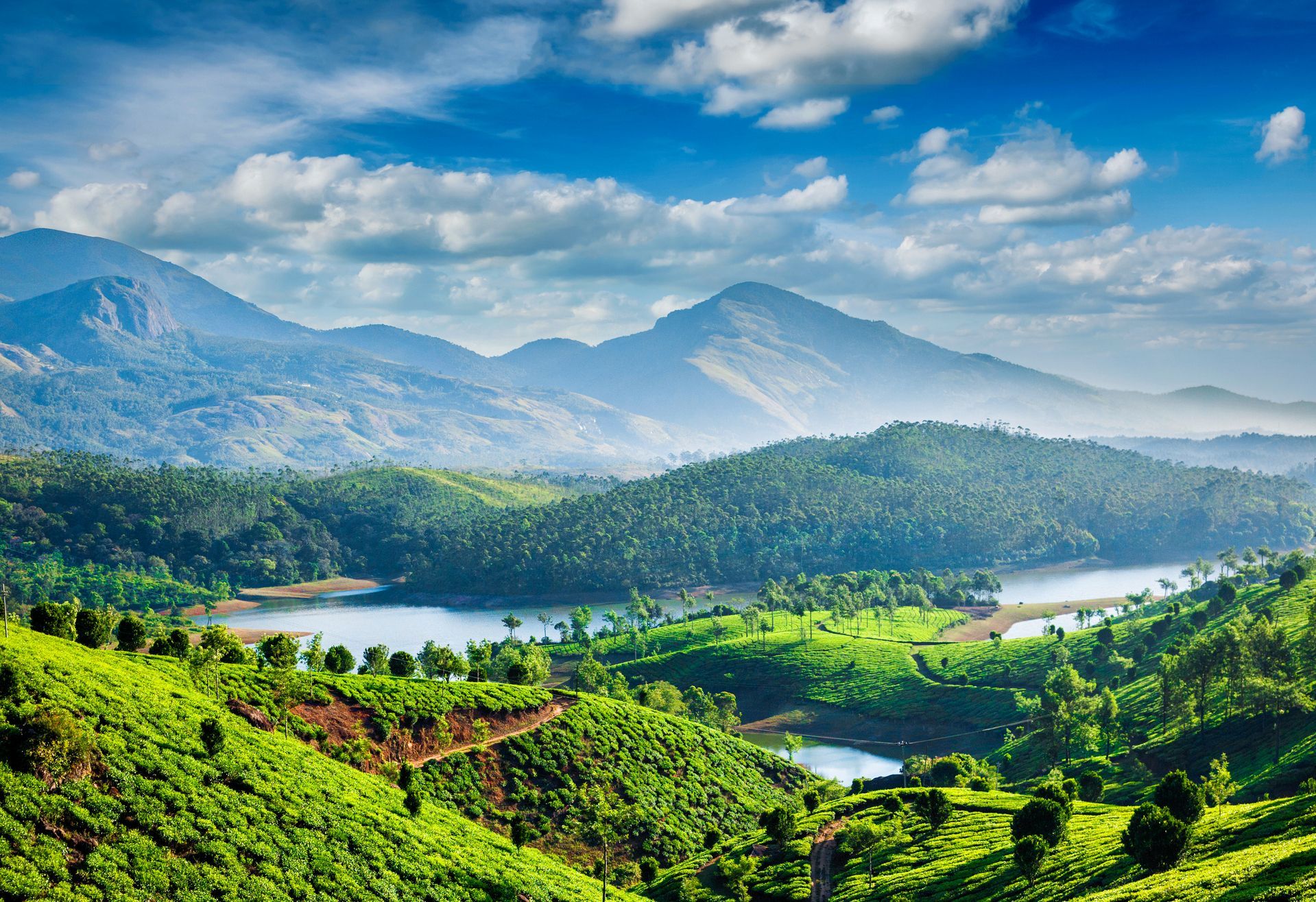Munnar is a town in the state of Kerala, situated in India's Western Ghats, a mountain range renowned for its biodiversity. It’s located at an elevation of 1,600 metres, and is renowned for its cool climate - a respite from the harsh heat of the lowlands. The town is surrounded by undulating hills carpeted with tea plantations. Around the plantations lie forests and grasslands rich in endemic flora and fauna, including the rare purple-blue neelakurinji flower, which blooms roughly every 12 years; and beyond them, the craggy silhouettes of the Western Ghats.

People come from all over the world to visit Munnar. Adventurous travellers can hike up nearby Meesapulimala, the second-highest peak in Southern India (2,640m), ascending through grasslands and cloud forest to reach the summit. Nearby Eravikulam National Park is a popular safari and trekking spot, with its waterfalls and rolling grasslands.
People also come to enjoy the old world luxury in the boutique hotels on the tea estates, in bungalows built by the first British colonists. These colonists first arrived in the 1870s, attracted by the idea of cultivating these remote, unexplored regions by planting tea.
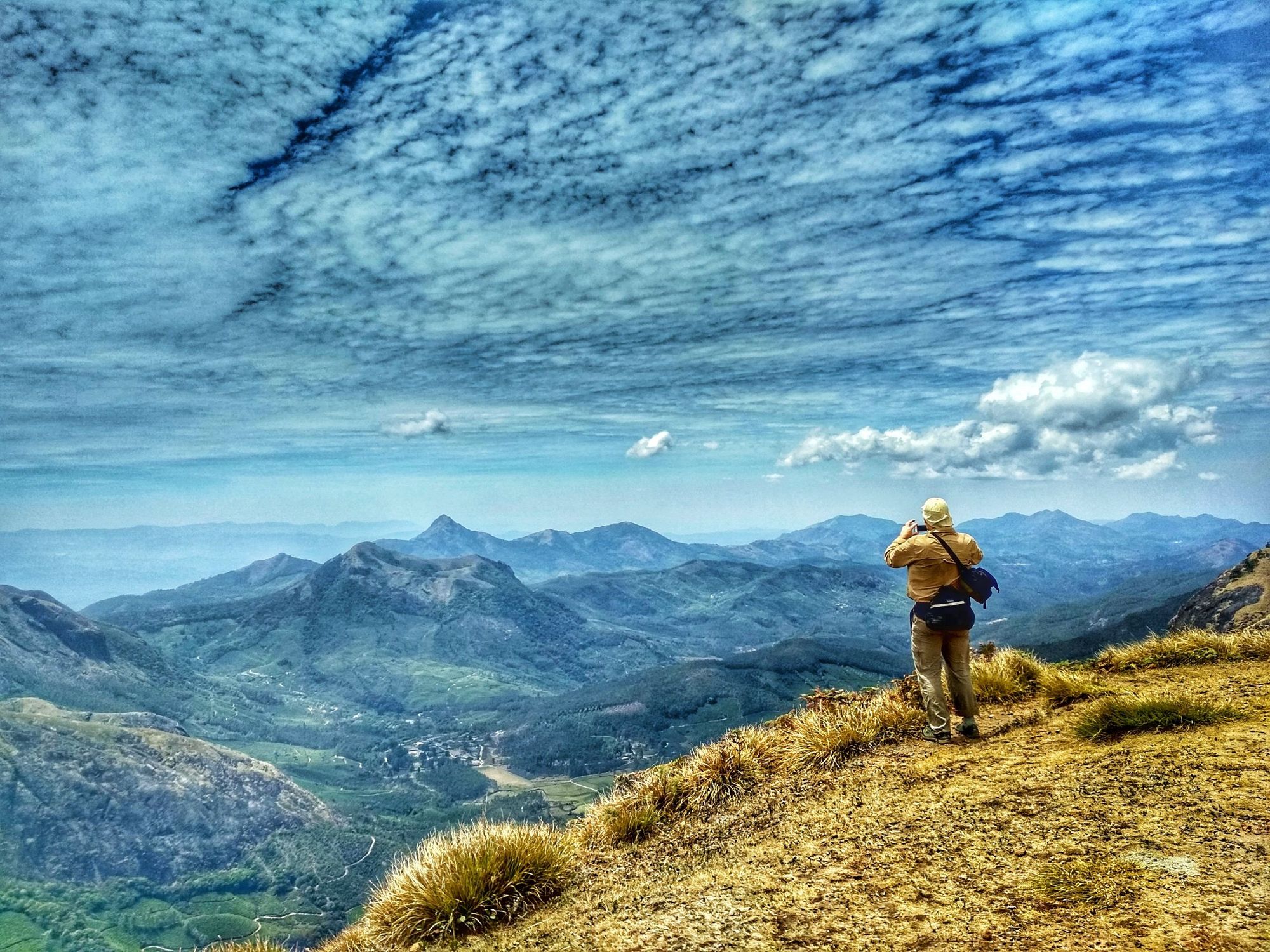
In doing so, they transformed Munnar and its surroundings. It's a story of the conflict between man and nature, of loss and restoration. And tea. Lots and lots of tea.
How Colonialism Changed The Landscape of Munnar
“Fifty years ago these lands were practically unexplored regions covered by thick, fever - haunted forests, the abode of elephants, tigers, bison and leopards, having no means of communication,” writes civil servant V. Nagam Aiya, in the 1906 Travancore State Manual.
At that time, the land - known as the Kannan Devan Hills - was part of the Travancore Kingdom, and owned by the Poonjar royal family. But ‘unexplored’ is a bit of a misnomer. The land was inhabited by adivasis (indigenous people), including the Muthuvan - a semi-nomadic people who were skilled at hunting.
Fifty years ago these lands were practically unexplored regions covered by thick, fever - haunted forests, the abode of elephants, tigers, bison and leopards
“The adivasis lived in perfect harmony with nature. They never altered the natural habitation cycle. They had worshipped nature and tried to coexist with the wild. They attacked small animals for their diet and never killed for leisure. They had followed primitive production techniques and hence produced only for the subsistence. All these were altered with the intrusion of the outsiders into the forest,” writes Jijo Jayaraj in his PhD thesis, Environmental recording of a native land: Colonialism and the making of Munnar.
The “outsiders” were the British, surveying the country they had colonised. Colonel Hamilton, who visited as part of his duties in 1863, marvelled at the “stupen magnitude” of the “undulating grassy hills, wooded valleys, rocky crags, overhanging precipices, the green fields, in the valley of Ungeenaad, the grand mass of the Pulnies beyond, and the blue ranges in the far distance.”
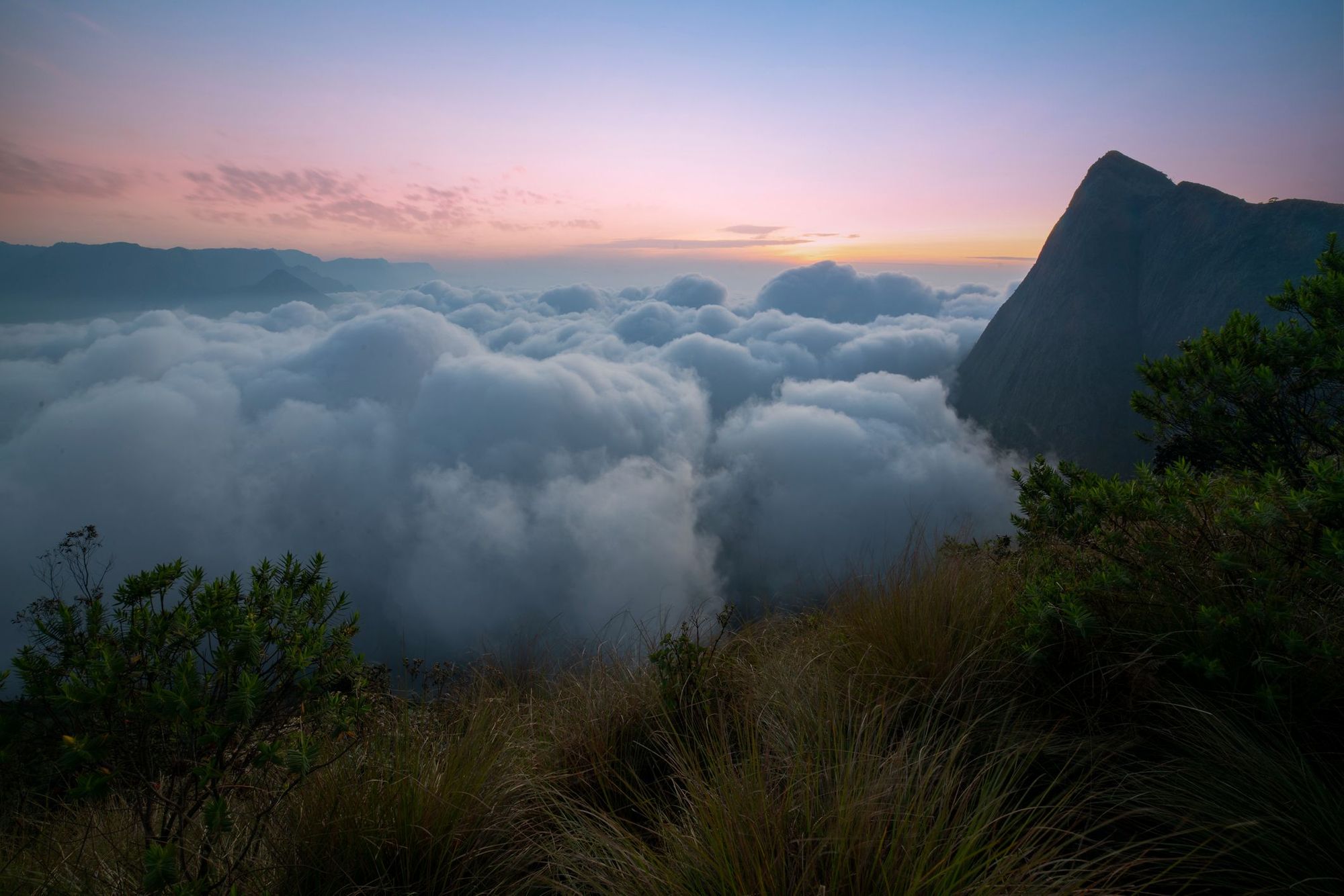
In 1872, John Daniel Munro charted the different types of habitat: the tropical montane forests (known as shola forests) with their stunted trees, shrubs and grassland; the moist deciduous forests of teak and rosewood; the rivers and streams crossing through the region. He recorded the heights of different peaks and made notes on the climatic variations within the region. But Munro was only noting the biodiversity of the region to explore how best to exploit it.
“The soil as already mentioned is everything that can be desired, and it only wants capital and energy to bring a large portion of this fine tract into cultivation,” Munro concluded. He noted that the climate and elevation could be suitable for growing coffee, tea and cinchona. Tea was considered lucrative, especially since the East India Company’s tea monopoly with China had come to an end. And cinchona, a tree with naturally occurring quinine in its bark, was used to make the first anti-malarial drug, vital to the colonists.
Pockets of land were leased from the Poonjar royals. Munro and others established plantations and began attempting to cultivate the land. The planters would have fought to establish a position within the wild jungle. They had to contend with elephants, tigers, sambur and ibex, who neither understood nor cared about the boundaries of their land - the deer, in particular, were prone to eating crops.
It only wants capital and energy to bring a large portion of this fine tract into cultivation
But gradually, the colonists reshaped the landscape. Trees were felled to make space for tea. Eucalyptus plantations replaced the endemic forest - it was used for firewood, and also to help drain marshy areas where mosquitoes congregated. The population swelled - alongside the planters, there was an influx of labourers from nearby states. The town of Munnar was created in 1901, to meet the needs of a growing population. A transport network was established to transport tea and other crops from the plantations.
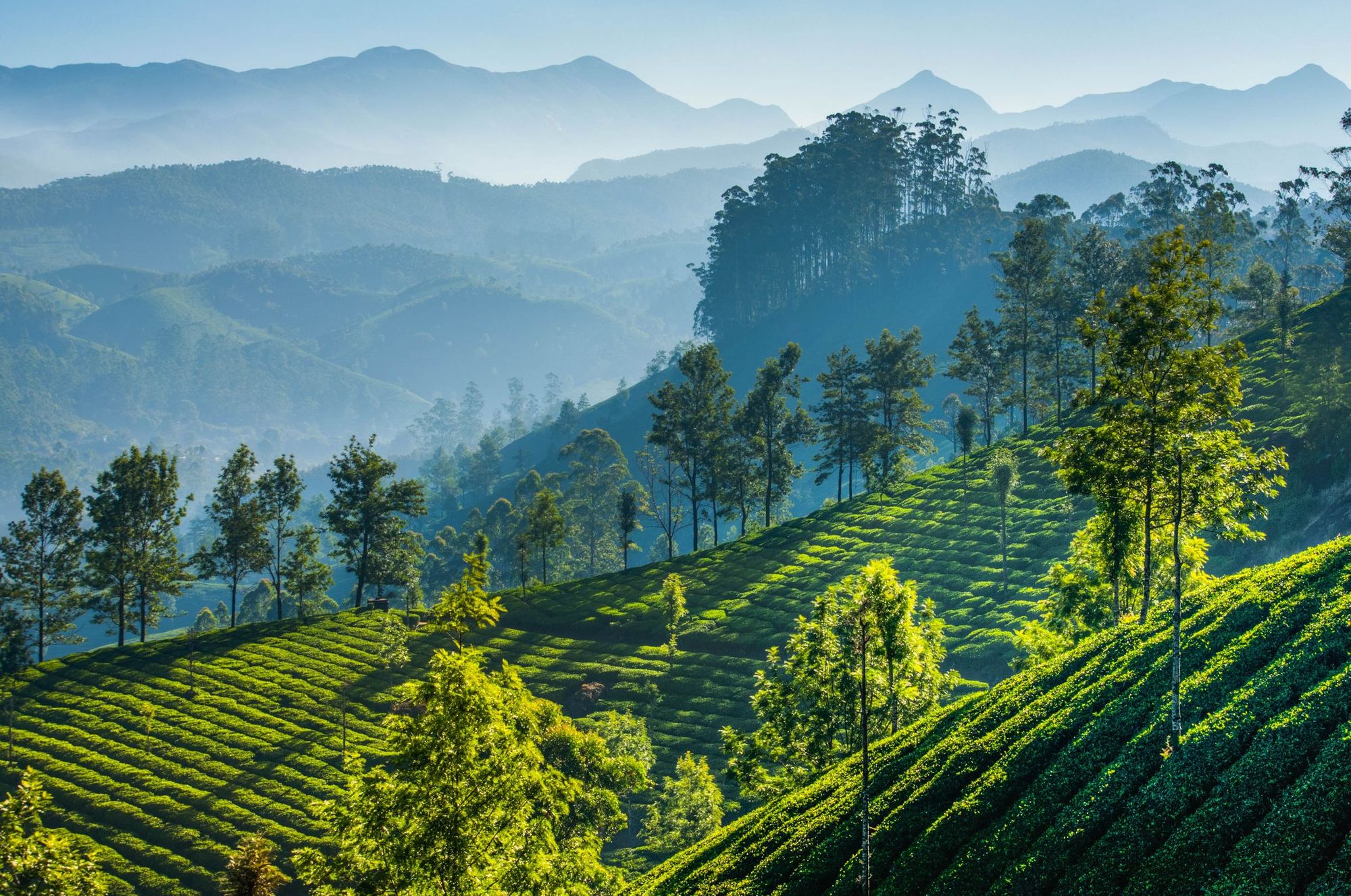
There was a necessity for infrastructure - buildings, roads, bridges, dams, hydroelectric projects and even railroads. While this may have helped the planters, it left scars on the landscape.
Alongside biodiversity and habitat loss, there was also species loss. Hunting, formerly undertaken for survival or subsistence, was introduced as a sport by the British at the end of the nineteenth century, and became popular with planters.
Early Conservation in Munnar
What happened to Munnar is not unique. According to Phillip Hoffman, Professor of Business Economics and History at CalTech, Europeans colonised more than 80% of the entire world- irretrievably reshaping the landscape and its ecological systems as they did so. But such reshaping wasn’t just restricted to colonies - in Britain’s early days, forests would have sprung up wherever trees could grow, but now only 2.5% of the country is covered in ancient woodland.
However, while colonisation was a watershed moment in Munnar’s ecological history, the British never did fully manage to tame the hills around them. Early coffee crops were destroyed by blight; cinchona was also abandoned as not being cost effective. A disastrous monsoon in 1924 - coupled with the River Periyar flooding its banks, potentially due to a British-built dam - wiped out a lot of this newly built infrastructure, and many lives.
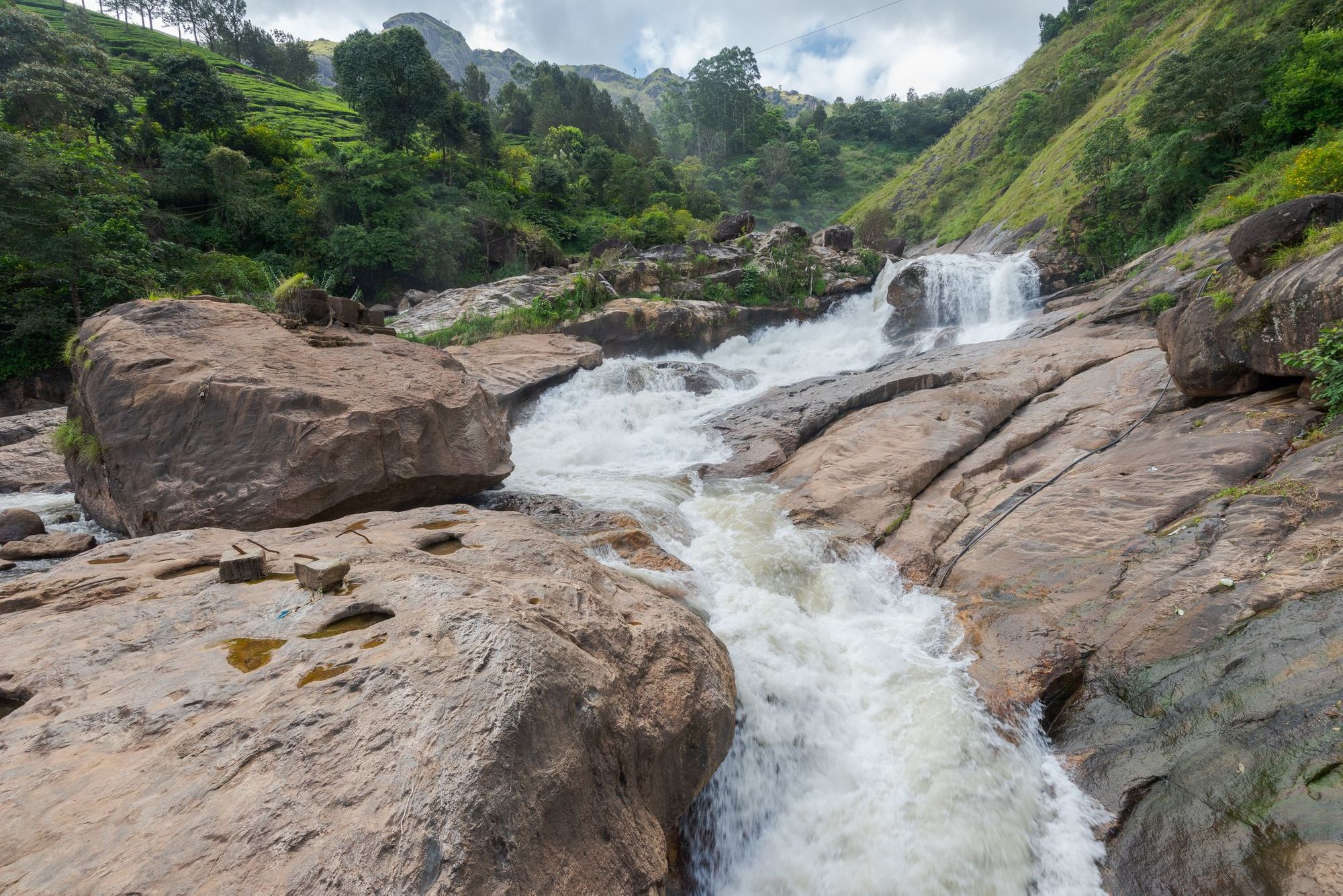
It’s also worth noting that during the latter half of the 19th century, when Munnar was being colonised, the idea of nature conservation was beginning to take hold. Jayaraj does concede that “the coexistence of hunter and conservationist is perfectly visible in Munnar”, with planters forming game associations to restrict shooting for sport, to vociferous complaints from many local planters.
Ultimately, the government got involved - they were worried about how sport shooting was affecting the wildlife population, and how felling trees for plantations was destroying their habitat.
“It noticed that the wild animals and birds were becoming scarce and several species had been extinct,” Jayaraj writes.
The wild animals and birds were becoming scarce and several species had been extinct
The position of Game Warden was created to help regulate shooting to specific game reserves. Meanwhile, an 1878 Forest Reserve Commission, sent to survey the Western Ghats, remarked that any deforestation of the indigenous shola forest near rivers led to “destructive floods and equally fatal droughts” and concluded “the clearing of each shola, however small, does some harm.”
In the Munnar area, conservator T.F. Bourdillon produced a similar report, including suggestions for forest management and the status of its vegetation. This led to The Travancore Forest Act of 1887, which designated areas to be reserve forests (unfortunately, much of the time incorporating land used by indigenous people).
Protection and Restoration
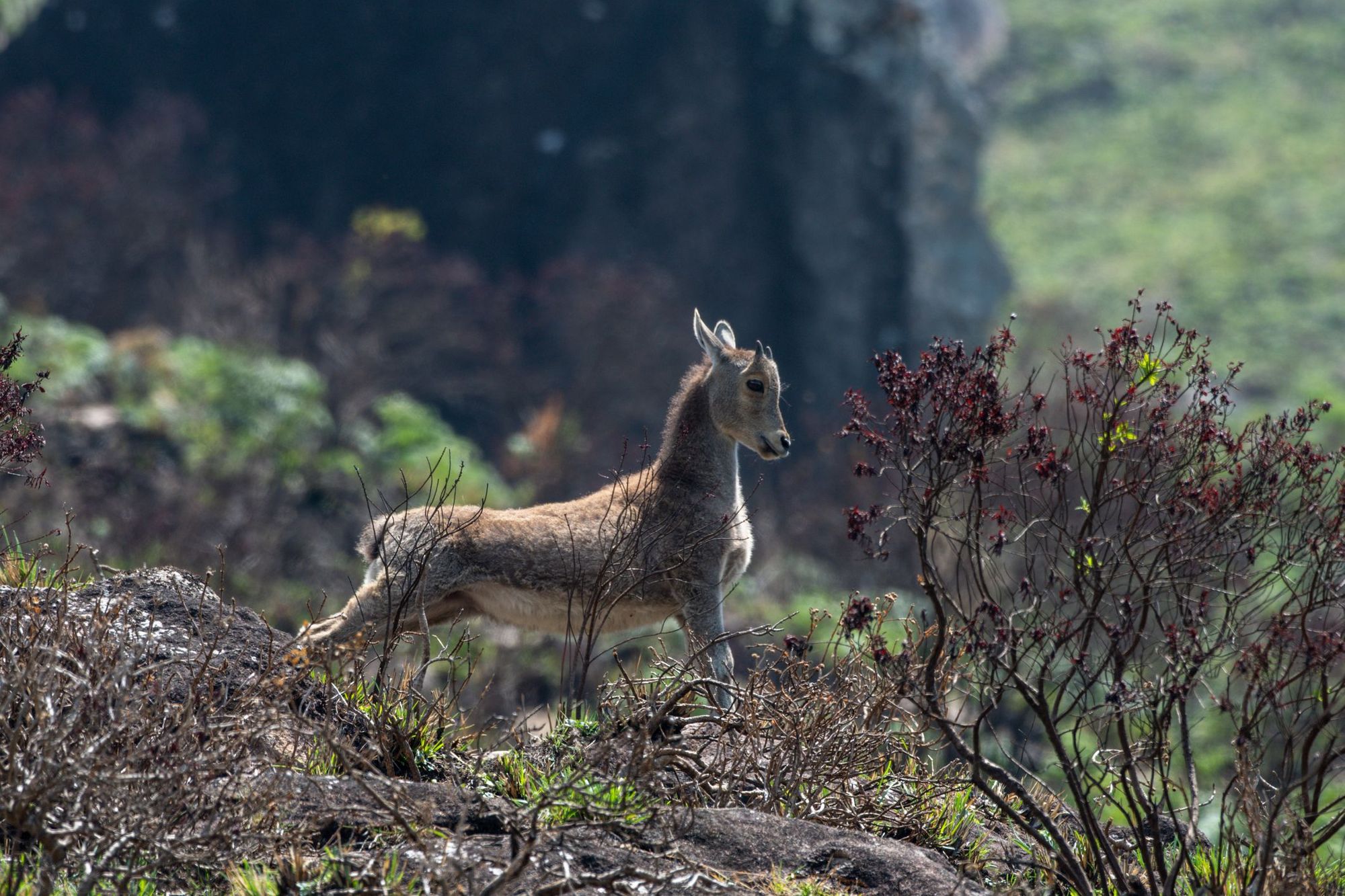
Present day Munnar is renowned for its ecological significance and biodiversity. There are seven nature sanctuaries in the surrounding area, including Eravikulam National Park, a former hunting reserve now renowned for its effective conservation of the endangered Nilgiri tahr (an endemic species of deer).
Even the tea plantations themselves are increasingly managed for biodiversity conservation - tea production comes second to providing nature retreats for tourists. Land formerly used for cultivation has been rewilded, allowing the return of native birds and insects. Ecotourism has helped facilitate this transition, with travellers interested in viewing wildlife and immersing themselves in nature.
The restored landscape can be opened up for ecotourism that could generate revenue to offset losses arising from biodiversity restoration
Plantations are also being abandoned due to loss of profitability, which is detrimental to the livelihoods of those who work on them. Planting native trees as shade cover and actively dispersing seeds can help reintroduce biodiversity to these landscapes. According to one study, “the restored landscape can be opened up for ecotourism that could generate revenue to offset losses arising from biodiversity restoration.”

These days, Munnar is a popular ecotourism destination, thanks in large part to the conservation efforts that have helped restore the landscape. The foreign visitors to Munnar haven’t come to deplete the environment - in fact, the revenue they provide can help to preserve it, and economically uplift communities in the process.
Inspired? Visit Munnar on our Ultimate Adventure in Kerala, to see this fascinating landscape for yourself.


